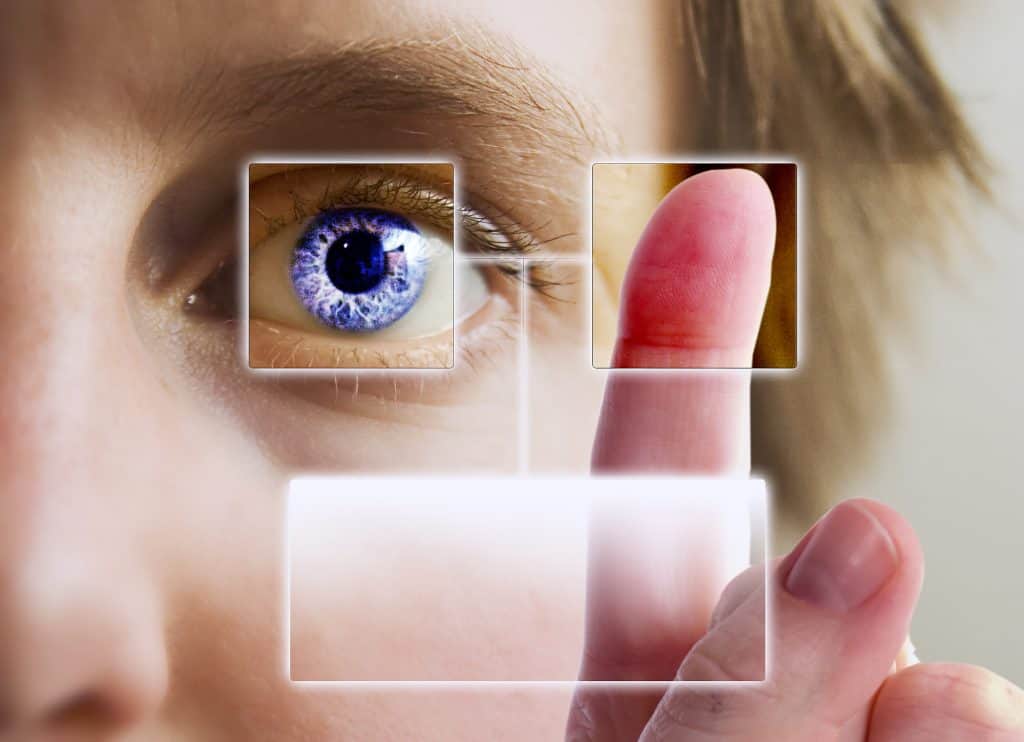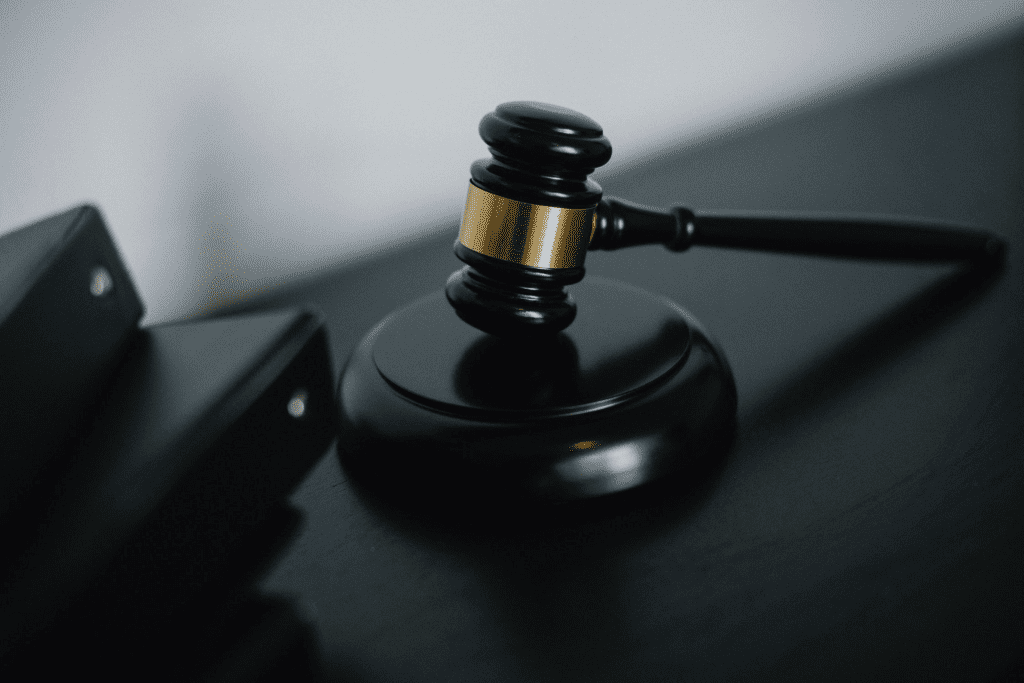The 10 Best Time Clocks For Small Businesses In 2024
The time clock is an integral part of most businesses. It helps keep track of wo...

A biometric time clock makes tracking employee work time more convenient for everyone in your business. Many managers and owners, however, are still unfamiliar with this emerging technology.
In this article, the workforce management experts at Sling discuss the legal issues and benefits of the biometric time clock and give you tips for incorporating one into your workflow.
A biometric time clock is a device that records an employee’s arrival at and departure from work based on physical characteristics that are unique to them.
This is in contrast to other hardware or software that records attendance based on placing a card in a slot or typing a number on a keypad.
With these latter methods of clocking in and clocking out, time theft is a very real possibility because a coworker can simply insert another employee’s time card in the clock — known as buddy punching — or type in their pin when they’re not actually at work.
A biometric time clock makes this form of employee theft impossible because all employees must be physically present in order to clock in and out.

A fingerprint biometric time clock allows team members to clock in and out using their fingerprints as an identifying mark.
Advanced biometric time clocks can even register multiple fingerprints (i.e., left and right index fingers, middle fingers, and ring fingers) for each employee.
Facial recognition biometric time clocks incorporate powerful algorithms to identify employees based on the size, shape, and defining characteristics of their faces.
When reporting for work in the morning or leaving at night, team members simply have to step in front of the clock’s camera and the software does the rest.
Some of the most advanced biometric time clocks with facial recognition features can interface with security cameras in your office and clock employees in and out the moment they walk through the door (reducing the risk of delays at a single station).
Voice recognition biometric time clocks use the unique features of each employee’s voice to record and track work hours.
To set up the system, you invite employees one at a time to record themselves saying a particular phrase such as “Hi, my name is Werner Brandes. My voice is my passport. Verify Me.”
Employees must then speak the passphrase into the time clock in order to record their arrival and departure from work.
Another powerful option is iris recognition. Like fingerprints, each person’s iris is unique to them.
A biometric time clock equipped with this feature scans the pattern of each employee’s eye and then uses it as a password of sorts to record the start and end of their work time as well as give them access to secure areas.
Unlike the previous features, iris recognition cannot be circumvented by forgeries and hacks.
Some biometric time clocks have a combination of features for added security and time-theft prevention.
For example, one time clock may require a fingerprint scan followed by voice recognition. Another time clock may require a fingerprint scan, facial recognition, and voice recognition.
Yet another time clock may require all four biometric markers — fingerprint, facial scan, audible passphrase, and iris scan — for maximum security.

As useful as these time clocks are for businesses of all types, they are not without their legal issues.
Chief amongst those issues is whether or not it’s legal to take the employees’ fingerprints and store them in a database. Some states — such as New York — make it illegal to record fingerprints unless it’s part of a background check.
If you’re considering incorporating a biometric time clock into your workflow, be sure to talk to an attorney who is well-versed in the labor laws of your state.
A biometric time clock also raises privacy concerns that your business may have to deal with.
As discussed earlier, many systems record body characteristics that can indicate conditions an employee is not comfortable revealing. For example, changes in an employee’s iris can signal the onset of diabetes.
In addition, some employees may hold religious beliefs that prevent them from having their picture taken for use in a biometric time clock.
Another legal issue concerning these advanced time clocks is what your business does with the biometric data it collects.
If your business has a lack of transparency in this regard, employees may object to sharing their data even if it’s just for clocking in and out.

One of the biggest benefits of using a biometric time clock in your business is the elimination of time theft.
As we mentioned earlier, biometric time clocks make it nearly impossible for coworkers to buddy punch for their friends because a person needs to be physically present to activate the recording device.
Security is another issue that many businesses face these days.
A biometric time clock improves security because, just like clocking in and out, an employee needs to be physically present to access a specific part of your office.
Biometric time clocks eliminate the need for employees to carry keys, RFID tags, or other access devices.
Similarly, employees don’t have to remember a PIN, a unique password, or other mnemonic. They have everything they need to clock in and out with them when they arrive.

Before you implement a biometric time clock in your business, talk to your team members about what the new system entails.
Call a team meeting and discuss the benefits and drawbacks of the new technology with those it will affect the most.
Once you do decide to go ahead with a biometric time clock system, create a new attendance and time clock policy in your employee handbook.
Provide access to all pertinent information so your team members know where to look if they have questions or problems.
Biometric time clocks are safe, but some employees may express misgivings about having parts of their body scanned repeatedly throughout the course of the day.
Take steps to reassure employees that you are doing everything possible to ensure their safety.
As we discussed in the privacy section earlier, some employees may object to you storing their sensitive personal information.
While you will have to record their fingerprint or their iris scan, for example, your business should not store other data that might develop as a result of this information.

The best way to track all hours worked — be it through a biometric time clock or not — is with an integrated software suite, such as Sling.
The Sling app incorporates a wide variety of features into a single comprehensive workforce management system that makes running your business easier than ever before.
The Sling Shifts feature contains all the intuitive and time-saving tools you’d expect from an app that’s dedicated to scheduling, including an on-board artificial intelligence that provides guidance, suggestions, and minute-by-minute time-off requests and availability. It even notifies you if you’ve overlapped an employee’s shifts or double-booked.
The Sling Time Clock feature allows your employees to clock in and out for their shifts at a central computer, or even right from their phones, without the risk of unauthorized overtime (thanks to Sling’s unique geofencing feature).
Sling truly is a start-to-finish employee management and workforce optimization solution. It goes above and beyond every other time clock for small business by solving the issues that impact your employees on a day-to-day basis.
Stop trying to make multiple scheduling, time-tracking, and payroll programs work together. Get the one app that does it all. Get Sling.
For more free resources to help you manage your business better, organize and schedule your team, and track and calculate labor costs, visit GetSling.com today.
See Here For Last Updated Dates: Link
This content is for informational purposes and is not intended as legal, tax, HR, or any other professional advice. Please contact an attorney or other professional for specific advice.
Schedule faster, communicate better, get things done.